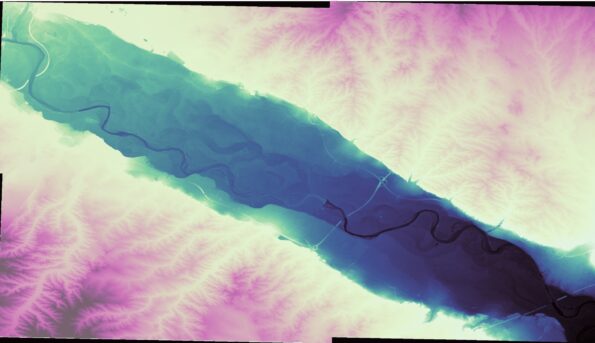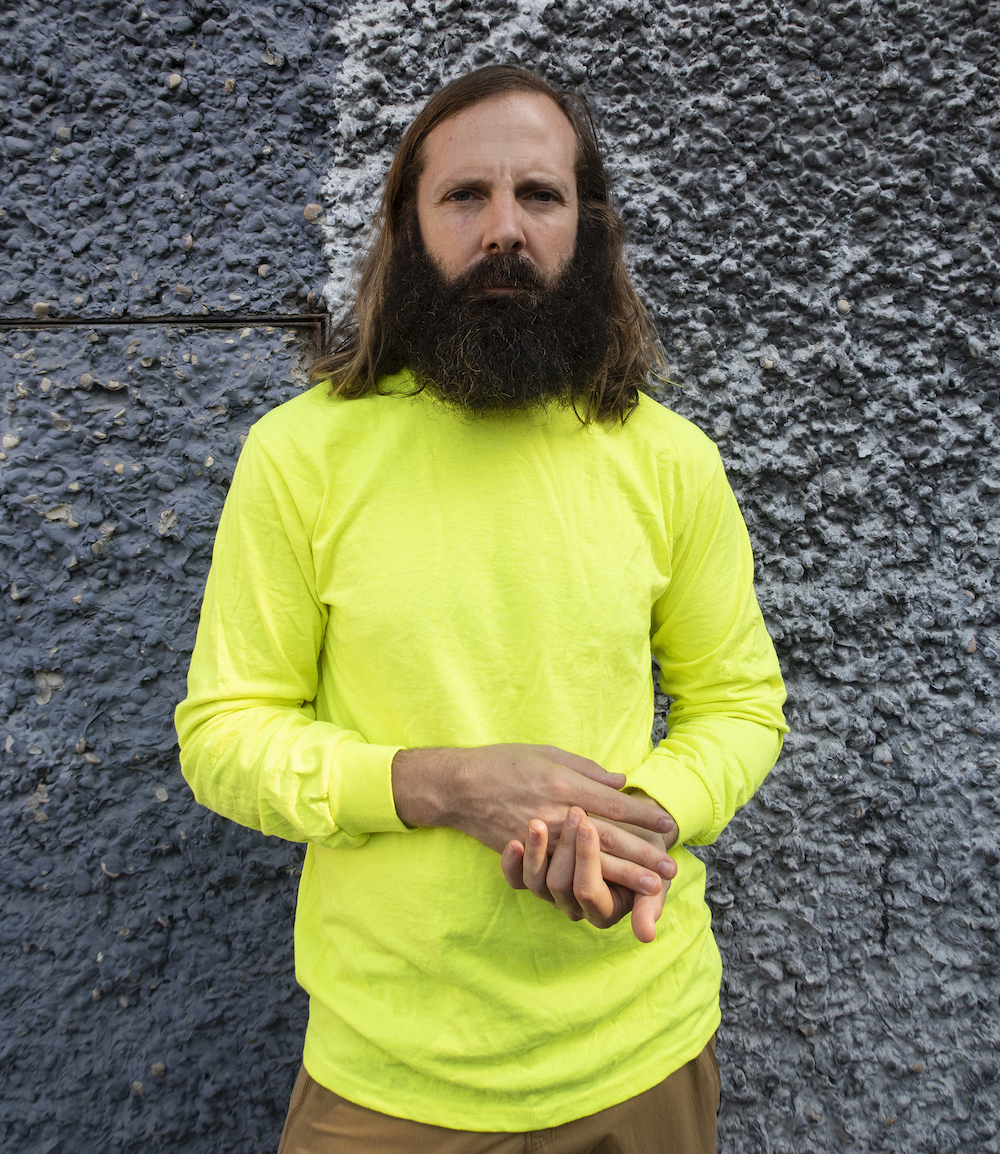Search
To search for an exact match, type the word or phrase you want in quotation marks.
A*DESK has been offering since 2002 contents about criticism and contemporary art. A*DESK has become consolidated thanks to all those who have believed in the project, all those who have followed us, debating, participating and collaborating. Many people have collaborated with A*DESK, and continue to do so. Their efforts, knowledge and belief in the project are what make it grow internationally. At A*DESK we have also generated work for over one hundred professionals in culture, from small collaborations with reviews and classes, to more prolonged and intense collaborations.
At A*DESK we believe in the need for free and universal access to culture and knowledge. We want to carry on being independent, remaining open to more ideas and opinions. If you believe in A*DESK, we need your backing to be able to continue. You can now participate in the project by supporting it. You can choose how much you want to contribute to the project.
You can decide how much you want to bring to the project.

Under the title Water Wounds, I bring together the practices of four artists and curators for whom the situated plays a fundamental role and in which there is somehow a continuous and formative contact with bodies of water.
Water is not treated as a theme, instead it appears as a means of dissolution that collects the ecocidal and genocidal tendencies of the contemporary condition and serves to connect and examine these drives on different levels.
The metaphor of the water wound as a surface in continuous liquefaction that serves us not only as means of access to a series of deep conflicts, but also as a possibility of healing and reconstitution.
In this bottomless well, metaphors act as communicating vessels between experiences and states of transmutation. In Margarida Mendes’ text, this leads us towards an essentialism of the liquidity of matter that brings us closer to the rhythms and cadences of elemental media. Media here understood as natural/cultural assemblages that are not only containers and environments in themselves but are containers of possibilities that in turn anchor our existence.[1]John Durham Peters, The Marvelous Clouds: Toward a Philosophy of Elemental Media.
This is an invitation to learn from the uncertainty and radical immanence that the oceanic experience offers, understanding the figure of the hydric as a means of dissolution and circulation of traces of human bio-phobic drives and behaviors, in which the diversity of bodies of water (oceans, rivers, aquifers and wetlands) eventually dissolve.
In conversation with Claudia Pagès , we mention the naturalization of ecocide, the hydrophobic perversity of what were previously “natural catastrophes” now “weaponized” as instruments of war against populations and nations. This naturalization continues the utilization of Orwellian language (as Javier Martinez Gil, guru of fluvial-happiness, calls it) through which water is associated with conflict, scarcity and speculation, and which becomes a self-fulfilling prophecy in such phrases as “the wars of the future will be water wars.”
Given this utilization, the need arises to redefine our phenomenology associated with water, to project a new relationality with it and to reflect/unfold/somatize the role of language, whether written/inscribed (in watermarks) or pronounced (in exhalations).
Cristina Ramos’ text performs an essential materialism of the origin of the voice, which precedes the organic/organ/organism, by vocalizing the circuits of incorporation of the mineral substrate in the complex material genealogy of the voice. The water wound suppurates in its vaporous manifestations according to the conflicts that emerge from it, and listening thus becomes an act of tuning in and a means of physical, vibrational, transtemporal correspondence.
As finale, Lorenzo Sandoval paves the way for a concept that comes from the synthesis of various experiences situated in song, the fight for the rights of nature and culturally kaleidoscopic musical traditions. On this path towards an Environmelisma, he reflects on the act of giving voice to an environmental lament, a lament that might be asemic but is full of feeling.
(Cover image: Meandros del Ebro, present and past in collaboration with Rosa María Gil. Courtesy of Carlos Monleón)
| ↑1 | John Durham Peters, The Marvelous Clouds: Toward a Philosophy of Elemental Media. |
|---|

"A desk is a dangerous place from which to watch the world" (John Le Carré)